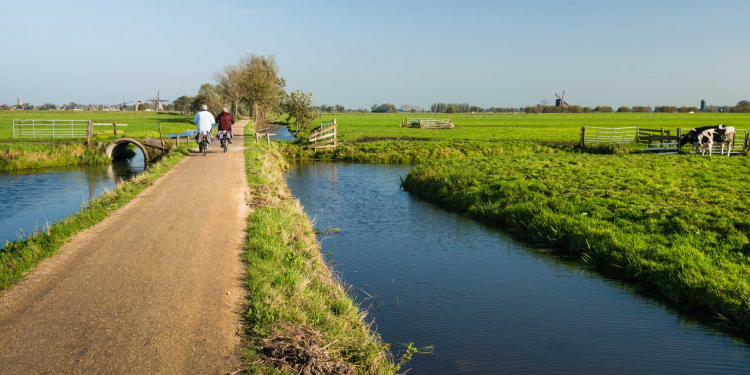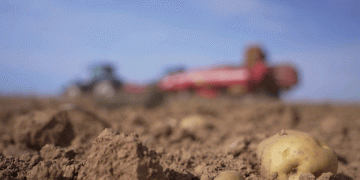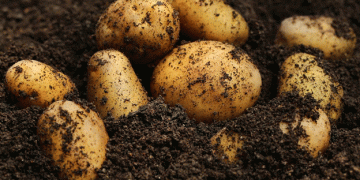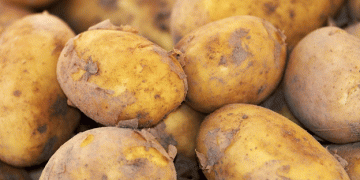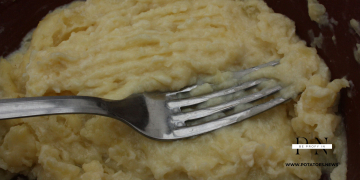There is still a lot of uncertainty about the possible role of drainage as a possible introduction route for brown rot. In a number of cases, drainage is the likely cause of the contamination, but there is no certainty. New research must provide clarity, which may allow the regulation to be amended. Carefulness is paramount here. “We do not want to open the door to brown rot infections in seed potato cultivation,” says Bert Waterink, sector manager arable phyto at the NVWA.
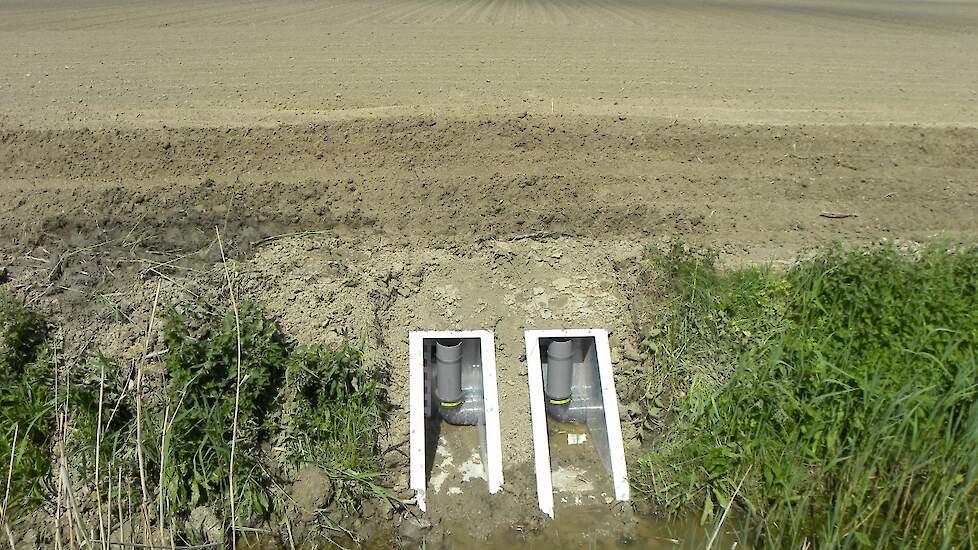
No research has yet been conducted into drainage as a distribution route, while more and more techniques are being developed to actively use drainage in the water supply. The importance of knowledge about this possible contamination door becomes all the more important, because the use of level-controlled drainage in various crops is increasing. Water boards and farmers are also conducting trials with longer retention of water in ditches to ensure that sufficient water is available in times of drought.
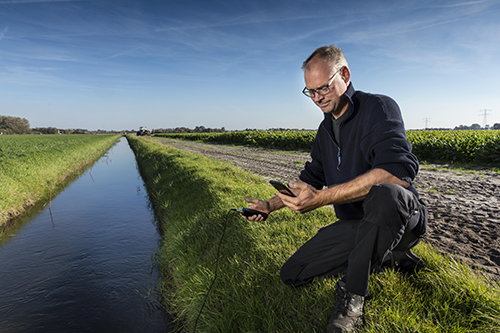
Higher summer level
The seed potato sector felt overwhelmed by the ban on the use of drainage to provide seed potatoes with surface water, as became clear during a webinar of the LTO Seed Potatoes working group. Chairman Peter Berghuis: “If the NVWA applies the standard that the drainage power pipes may no longer be under water with a view to infiltration into the seed potato plot, it will no longer be possible to grow seed potatoes in many areas.” Due to the drought of 2018, 2019 and 2020, a higher summer level is being used in many areas, he knows. And that leads to problems for the growers concerned.
Since its introduction in 2005, the legal prohibition has applied to all surface water, including what can enter a parcel of seed potatoes from below. The use of level-controlled drainage was still unknown about ten years ago, but has gained momentum in recent years, for example to hold back salt water or to keep the crop growing for longer in dry times.
Extremely raising of ditch water levels
The NVWA does not consider regular water level changes by water managers (summer and winter water level and a temporary increase to be able to provide extra water in drought areas) as an increased risk on the basis of the history, but the active and deliberate use of the drainage system by the grower himself to provide the seed potato crop with water. Examples of this are the (extreme) raising of the ditch water level and the use of level-controlled drainage.

Anyone who grows seed potatoes on a plot that is provided with level-controlled drainage should not use the system to bring surface water under the crop, Waterink emphasizes. Raising a ditch water level to enable irrigation of other crops is allowed, as long as this water is not intended for seed potato cultivation. The grower can prevent contamination of the seed plot by closing the drainage pipes.
In areas where the brown rot bacteria is present in the surface water, there is a general ban on irrigation for potatoes, including consumption and starch potatoes. Outside these areas, the water is in principle free of brown rot. The seed potato sector therefore wonders whether the use of level-controlled drainage outside these areas can be permitted. After all; the water is not contaminated, what is the danger of infiltration, according to the sector. “Research must provide an answer to that,” says Waterink. “We cannot guarantee that the bacteria will not occur outside the areas. But if it turns out that the risk is very small, we may be able to come up with a happy medium together with the Ministry of Agriculture, Nature and Food Quality. ”
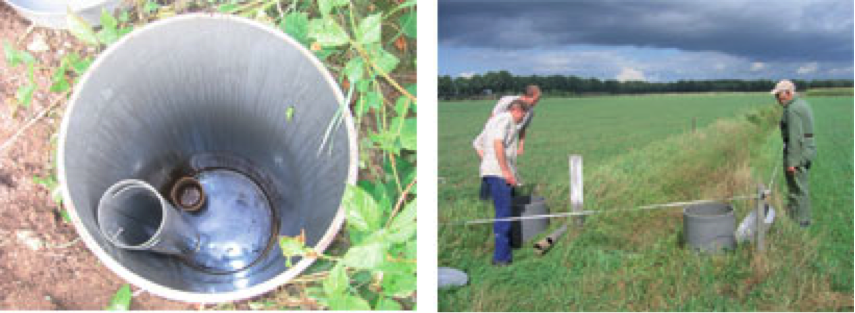
Call for new field research
Waterink calls on the sector to use the coming growing season for new practical research: what happens in plots with level-controlled drainage. Only when there are clear and concrete indications that the risks of introducing brown rot are very small or can be made very small with certain techniques, can we consider modifying the policy. “We do not want to open the door to brown rot infections in seed potato cultivation. We have had a very limited number of infections in recent years, and we would like to keep it that way. ”
